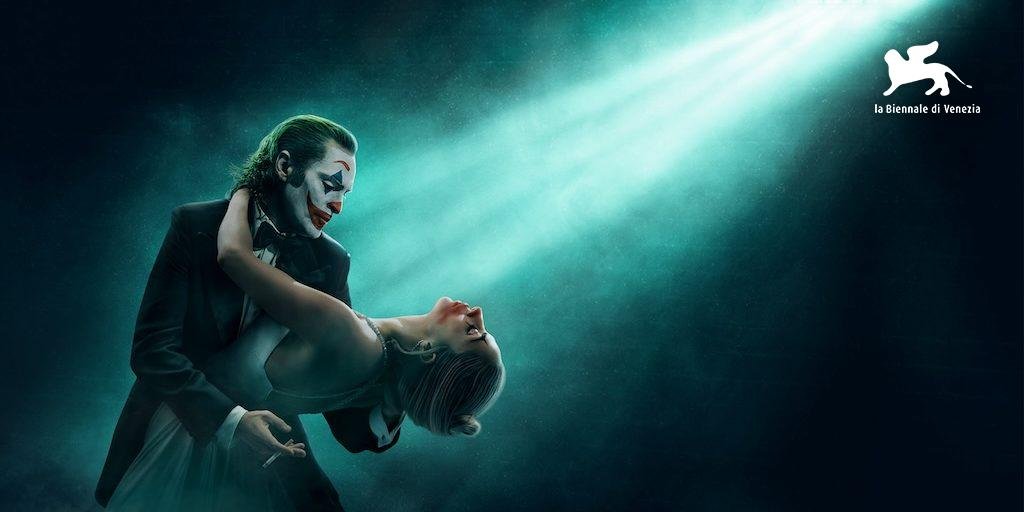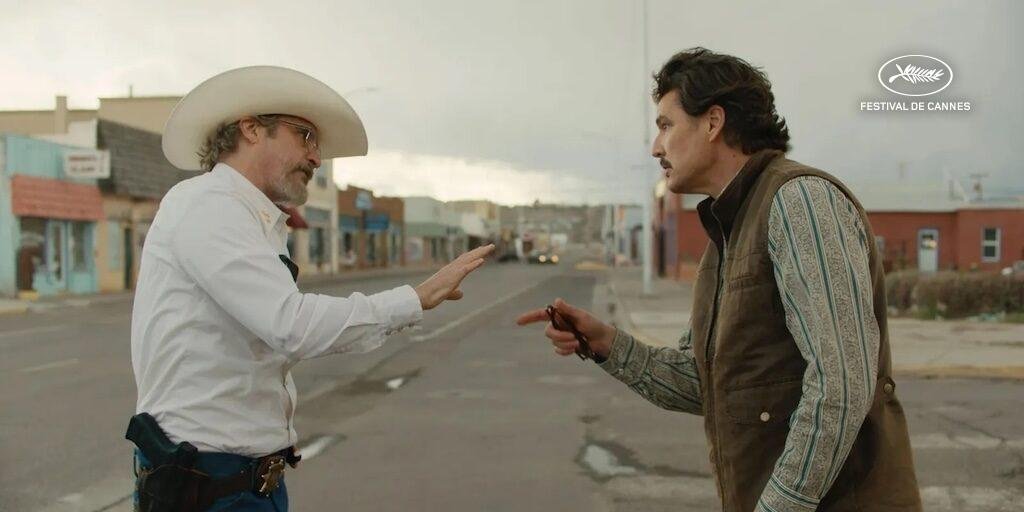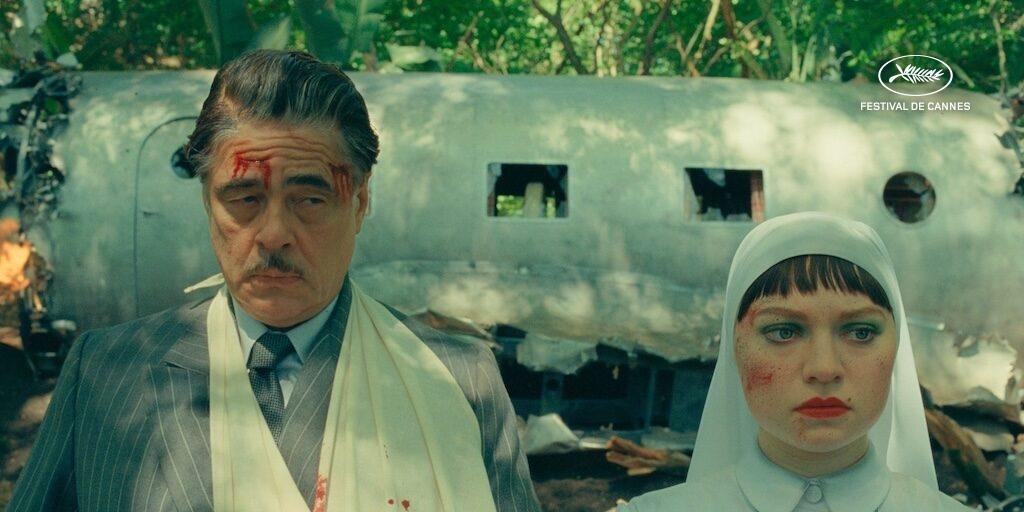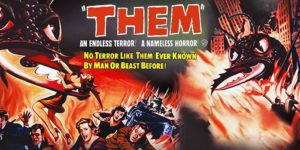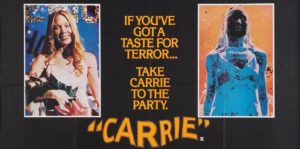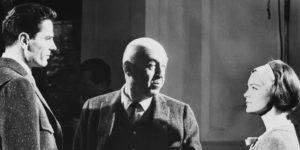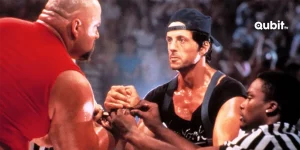The Joker sequel is a failure, an offensive fiasco by a collective of talented people, drunken with the success of the previous film and far too enamored with their hero. To lose one’s mind over love can be dangerous; the film, in that matter, is about that. The subtitle Folie à Deux turns out to be deceitful: the virtues of the first film are not multiplied by two, but divided. Rather than a risky film, before us is the archetypical Hollywood sequel, which exploits the findings of the previous film. Is this a joke? If it is (and Arthur Fleck is the best specialist on the subject), is a bad one.
Joker was unique, on account of a large number of parameters; for that alone the repetition was not necessary. The misanthropic anti-comedian, who merges the mythology of the genre-less super malignant with the aesthetics of the psychological and social thrillers of the 70’s, did not fit in any “universe” or space; it was as lonely as its miserable hero. The sequel turns out to be, incorrigibly, less original: a mixture of prison and crime drama with a musical. The combination has been used multiple times, starting with Dancer in the Dark and Chicago all the way up to the totally fresh Emilia Pérez. The theatricality and relativity of the trial, as it happens with the monotony inherent to any judiciary process, suggest the inclusion of vocal and danced entertainment. This is not a breakthrough, but a cliché.
Looking for, precisely, the musical key of Arthur -–a demented sociopath that hides his frustrations under the guise of an evil clown–-, is where director Todd Phillips and his co-screenwriter Scott Silver found the key to the success of the first film.
“Music lives within our hero, all there’s left but listening to it”, explains the auteur. Its placement into the spotlight was entrusted to the actors portraying the lead parts, whom sing personally and directly during the shooting of the film: Joaquin Phoenix, not used to staged performances (and took up to it so much he memorized the chorus) and Lady Gaga, a seasoned recording professional.
Hildur Guðnadóttir, creator of the original film’s score to Oscar success and many other accolades five years ago, became once again the main co-auteur of the film. Being herself a cellist, she even commissioned Icelandic musicians with the confection of a peculiar cello according to the model of those used in the trenches during World War I. That’s how she wanted to underscore the claustrophobia of the prison infirmary that is Arkham. But the same style and melody are repeated. If new intonation motifs come up from within the sinister leitmotifs and other insinuations devoid of professional preparation, they are not heard.
Recognizing this, Phillips and Silver decided to stage mostly known musical numbers, starting with the standard “When the saints go marching in”. Guðnadóttir made, according to the director, a “singular” arrangement for them. This choice turned out to be fatal for the film. Situations such as the psychiatric treatment and the court sessions result boring, due to the countless musical numbers, placed in without any special invention and almost without any choreography. The very choice of the musical hits, which by common sense should be known by more than one, is doubtful as best: the antique radio repertoire is, in its majority, the one heard by Arthur’s mother in her youth.
Arthur has been committed in Arkham for the past two years, taking heavy medication and awaiting trial for the murders of five people (young ambitious prosecutor Harvey Dent does not know the murdered were actually six, since Arthur also suffocated her mother to death with a pillow). Then comes along Harley Quinn (Gaga), a young woman that turns out to be a fan of the Joker. The film is a love story, and she becomes the protagonist’s faithful guidance. But first they kiss, sing duets, dance a waltz and try to run away from the asylum. When it is explained that such a task is not simple, they device an escape through common theatrical-musical fantasies.
A lot of good things can be said about Gaga. She indeed sings excellently and is artistic on stage. The popstar tries to be a worthy match for Phoenix, but that is almost impossible. Is not her fault: Harley’s narrative arc was created in a much more schematic way, although associated to her is the only (not much unexpected) twist regarding the killer. It is evident that she plays second fiddle in this story. Literally everyone, psychologists, attorneys, reporters, old colleagues, new fans, all try to understand who is Arthur and if even Joker is his original essence or his demented alter ego, created by media and society. And Harley’s origins are of no interest to anybody, including herself. That is why the film is stuck in the same place where Joker stopped, between an infirmary room and the stand at court. And all the weight of the task falls once again in Phoenix’s broad shoulders.
New characters and those portraying them (Brendan Gleeson as the stolid guard and Catherine Keener, among others) do not seem to add anything to the film’s structure. Joker’s fans, who built a cult around him, make almost no appearances. Joker: Folie á Deux is a film of unseized possibilities, where craziness is lacking above all. As if poor Arthur was not the only one who has been two years under heavy medication that squash will and creative impulse, but all the film crew as well.
It is true there are five minutes that are great. More precisely an animation sequence that significantly stands out the protagonist and his fate. It is made in the spirit of the old Warner Bros. cartoons with admirable authenticity, mixing bloody humor with an entertaining animated caricature style. But that prologue was not made by Todd Phillips, but by the French genius Sylvain Chomet, who helmed The Triplets of Belleville.
![]()
Director: Todd Phillips. Screenwriters: Scott Silver, Todd Phillips. Cast: Joaquin Phoenix, Lady Gaga, Catherine Keener, Brendan Gleeson, Steve Coogan. Producers: Joseph Garner, Todd Phillips, Emma Tillinger Koskoff. Runtime: 138 minutes.

